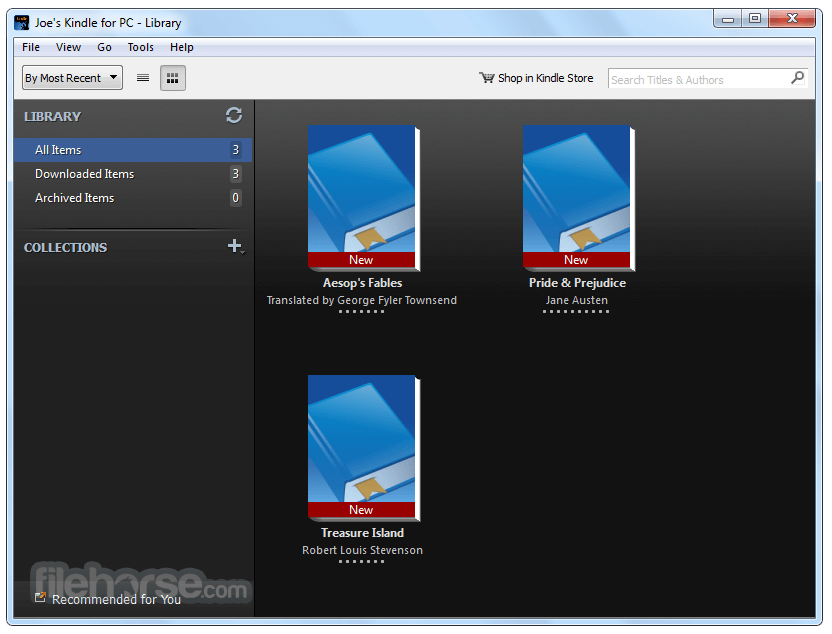Download Scribus for Windows to create professional looking documents and pages on PC. Scribus is available for many operatings systems and comes in basically two flavors, stable and development. For almost all production work, we recommend that you use the stable version. In our development version lots of things may be regularly changing as we fix issues and introduce new features.
Ghostscript is needed by Scribus for two purposes, namely the print preview (File > Print Preview) and the rasterisation of EPS files in image frames. If you don't need one of those features, you can safely ignore the warning message displayed by Scribus in case Ghostscript isn't installed.
Contrary to some reports in the press, Ghostscript is not required for PDF or EPS export, since Scribus has its own code to handle this feature.
- 3Building Ghostscript from source on Linux/UNIX
- 4Installing Ghostscript on Windows
- 5Installing Ghostscript on Mac OS X
- 6Installing Ghostscript on OS/2 and eComStation

Generally speaking, you want to have the latest ghostscript you can find. You should find anything since 8.60 to be serviceable, but as of this writing the current version is 8.71. Dvd cloner 5.10. As far as we know, you cannot go wrong by potentially having some 'too far advanced' version of Ghostscript.
This is by far the most sensible way. Most of the 'mainstream' Linux distros will have Ghostscript in their repositories, so if you don't have it, simply search for it. If you don't know how to work with your repositories, you might as well forget about Ghostscript, since you have or are going to have far more important issues than that.
A particular advantage of the repository method is that once you install it, it will keep itself up to date.
Download the latest tarball
Ok, so let's imagine you want your own custom-built Ghostscript, or you're using some flavor of Linux that you're experimenting with that doesn't have repositories.
Go here: http://www.ghostscript.com/download/
where you can find links to whichever version you want to build. What you see there are 3 choices, ending with .tar.gz, .tar.xz, or .tar.bz2. You only need to choose one of these. The tar part means that the file was tarred, in which a number of files are collected together into one file. The other part, gz, xz, or bz2 means the file was then compressed to shrink its size.
About checksums: It's always a good idea to check the validity of anything like this that you download. If nothing else, there may have been an error occur, which leads to a failed compiling and wastes your time. Once you download your file, you can run a checksum on it, which makes a calculation on the contents of the file, then creates an alphanumeric sequence that should match whichever checksum corresponds to your file from the list. Again, you should have these in your system, either the sha1sum or md5sum utilities ends up with the corresponding result: sha1sum filename.tar.gz (for example) or md5sum filename.tar.gz should produce the sequence you see. If not, something went wrong with the download or the file has been tampered with. |
You must have the tar utility, almost certain with Linux whether you realize it or not. In a console of some sort type:
tar -zxvf filename.tar.gz

tar -Jxvf filename.tar.xz
or
tar -jxvf filename.tar.bz2

depending on which one you downloaded. The z or the J or the j option uncompresses the file so that then it can be extracted with the x option. The v and f options cause verbose output and indicate that what follows is a filename of the archive.
What you should now have is a directory named ghostscript-8.71. Now,
cd ghostscript-8.71 to enter the directory
then run
./configure
next
make
After make finishes its work, then you run, as root:
make install
On some systems you can become root by running su and then supplying root's password. On others, you might run sudo make install in which case you supply your own password if you have privileges to run sudo.
Download resources
Go here: http://www.ghostscript.com/download/
We're going to assume that you have no interest in compiling on Windows, or that if you did you would not need instructions for the process.
If you go farther down the page, past the archived files, past the checksums, you will find links for 32-bit and 64-bit Windows versions. Simply download one of these and run it to install Ghostscript. If you do this before you install Scribus, chances are Scribus will find Ghostscript unless you choose a nonstandard location when Ghostscript was installed.
If it doesn't, go to File > Preferences > External Tools to browse for your Ghostscript (gs) executable. Remember to choose the gswin32c.exe or gswin64c.exe executable depending on your processor's version of Windows.
Ghostscript .pgk
If you don't know about Brew or MacPorts you should install Ghostscript by donwloading a .pkg installer, double clicking it and following the instructions.
For Mac OS X you should get a Ghostscript installer from:
At the time of writing the current version is Ghostscript 9.23, but you might find newer versions.
Home Brew
If you use Home Brew to manage your packages, just:
brew install ghostscript
MacPorts
Scribus For Mac
If you use MacPorts, simply:
port install ghostscript
Download resources
Installation
Scribus For Mac Review

